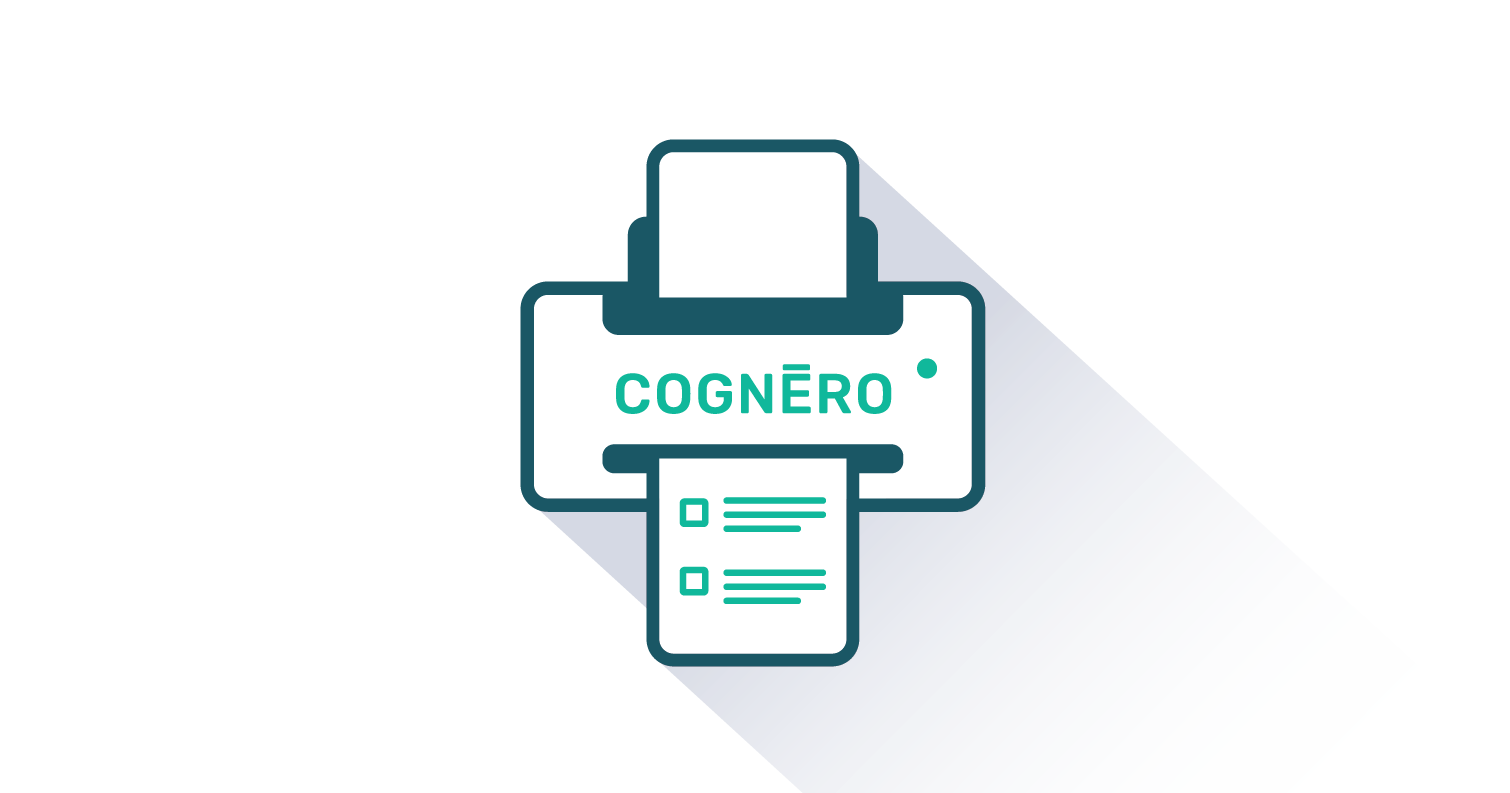Essentials of Geographic Information Systems



Version 3.0
By Michael Shin, Jonathan Campbell, and Sierra Burkhart
Included Supplements
Key Features
- Concise, clear narrative and easily interpreted illustrations
- Overview of geographic information system capabilities rather than specific software programs
- Excellent coverage of statistics (Chapter 2) and Raster Data Analysis (Chapter 7)
- Supportive learning structure:
- “Learning Objectives” begin each main section and outline key concepts covered in that section
- “Key Takeaways” at the ends of main head sections are aligned with that section’s Learning Objectives to reinforce retention
- “Exercises” at the ends of main head sections encourage students to pause, interact, and consolidate what they are learning as they proceed through a chapter
- Marginal Glossary of Key Terms allows students to easily review key term definitions by skimming through the text
Students
- Online Access Price
- $36.95
- Color Printed Textbook with Online Access Price
- $63.95
This textbook is suitable for the first course on Introductory Geographic Information Systems taught at any level in both two- and four-year colleges and universities.
Essentials of Geographic Information Systems integrates key concepts behind the technology with practical concerns and real-world applications. Recognizing that many potential geographic information system users are non-specialists or may only need a few maps, this book is designed to be accessible, pragmatic, and concise. This textbook illustrates how geographic information systems are used to ask questions, inform choices, and guide policy. From the melting of the polar ice caps to privacy issues associated with mapping, this book provides an accessible, yet substantive, introduction to the use and application of digital maps, mapping, and geographic information systems.
New in This Version
- New overviews of emerging web mapping technologies and advancements in geographic data acquisition technologies, including drone mapping, mobile data gathering, georeferencing, and UAV photography and photogrammetry
- Updates throughout reflect state-of-the-art geospatial technology
- Completely updated and refreshed visual program
- All maps are updated to reflect current data, including several maps in Section 4.4 that incorporate 2020 U.S. Census data
- More than forty new video links that extend learning and stimulate engagement are listed at the end of each chapter of the instructor’s manual and are available as a separate list
- Updated discussion of “PMBOK Project Management Knowledge Areas” in Section 10.1 incorporates content on the newly added “project stakeholder management” category in the 2021 release of the Project Management Body of Knowledge, Seventh Edition (PMBOK® Guide)
- FlatWorld Homework is included for the first time with Version 3.0
- About the Authors
- Acknowledgments
- Dedications
- Preface
-
Chapter 1: Introduction
-
Chapter 2: Data, Information, and Where to Find Them
-
Chapter 3: Map Anatomy
-
Chapter 4: Cartographic Principles
-
Chapter 5: Geospatial Data Management
-
Chapter 6: Data Models for GIS
-
Chapter 7: Spatial Analysis of Raster Data
-
Chapter 8: Spatial Analysis of Vector Data
-
Chapter 9: Web Mapping
-
Chapter 10: GIS Project Management

FlatWorld Homework
FlatWorld Homework includes multi-format questions written specifically for your FlatWorld book, which you can access through our stand-alone interface or integrate with your learning management system.

Instructor’s Manual
The Instructor’s Manual guides you through the main concepts of each chapter and important elements such as learning objectives, key terms, and key takeaways. Can include answers to chapter exercises, group activity suggestions, and discussion questions.

PowerPoint Lecture Notes
A PowerPoint presentation highlighting key learning objectives and the main concepts for each chapter are available for you to use in your classroom. You can either cut and paste sections or use the presentation as a whole.

Test Generator - powered by Cognero
FlatWorld has partnered with Cognero, a leading online assessment system, that allows you to create printable tests from FlatWorld provided content.

Test Bank Files for Import to Learning Management Systems
For your convenience, we've packaged our test items for easy import into Learning Management Systems like Blackboard, Brightspace/D2L, Canvas, Moodle, or Respondus.

Test Item File
Need assistance in supplementing your quizzes and tests? Our test-item files (in Word format) contain many multiple-choice, fill-in-the-blank, and short-answer questions.

Other Supplements
Solutions manuals, sample exams, video learning segments, workbooks, cases and lab manuals are just some of the extras our books will offer depending on the needs of the course. Click here to see what this textbook offers.
At FlatWorld, we take pride in providing a range of high-quality supplements alongside our titles, to help instructors teach effectively. Supplements are available for instructors who have registered their adoption with us. If you need to review or preview something specific, please contact us.
Already registered? Sign in here.
